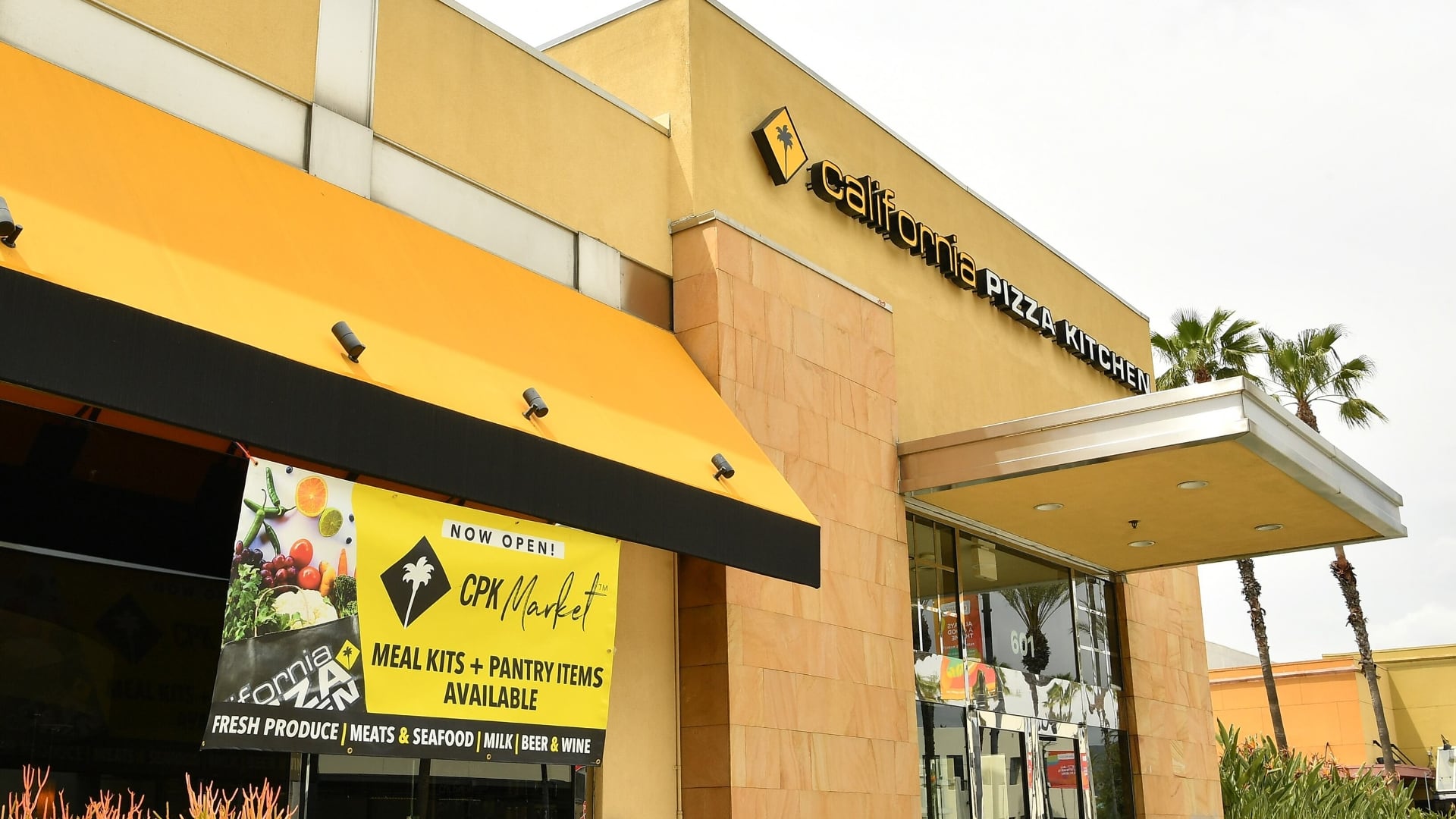By Stan Choe
Stocks were mixed Tuesday as Wall Street regains some stability at the tail end of what’s been a turmoil-filled month.
The S&P 500 dipped 6.26 points, or 0.2%, to 3,971.27, though the majority of stocks within the index rose. The Dow Jones Industrial Average slipped 37.83, or 0.1,%, to 3,394.25, and the Nasdaq composite fell 52.76, or 0.4%, to 11,716.08.
There was relative calm even in the bond market, which has been home to some of Wall Street’s wildest moves since fears flared about the banking system earlier this month. Yields were rising only modestly following their historic-sized moves in prior weeks.
This month has been dominated by worries that banks around the world may be cracking under the pressure of much higher interest rates. But some calm has returned to the market recently after regulators made big moves to protect the system.
That has much of Wall Street's attention back on interest rates and what central banks will do next with them. The Federal Reserve and other central banks have a tough decision: Inflation is still high, which would typically call for even higher interest rates. But the weakness for banks has shown some fragility in the system that higher rates could worsen.
“I think the global central banks have put us in that middling zone, where we’re waiting for clarity on: Are they done?” said Rob Haworth, senior investment strategist at U.S. Bank Wealth Management.
After the Fed hiked its key overnight rate all the way to a range of 4.75% to 5%, up from virtually zero early last year, the market could find some relief if the Fed does take a pause after hiking one more time as it's hinted, Haworth said.
“That’s a dramatic change” in rates over just a year, he said. “Just getting to some form of stability provides some clarity for planning to begin.”
Traders built bets Tuesday to say the Fed will raise rates at its next meeting in May, though the slight majority is still calling for it to hold rates steady.
Higher rates try to slow inflation by hitting the entire economy with a blunt hammer. They also drag on prices for stocks along the way, particularly technology and other high-growth stocks.
Apple, Microsoft and other Big Tech stocks were among the heaviest weights on the S&P 500 Tuesday after dipping modestly.
On the winning side was McCormick & Co., which jumped 9.6% after the spices and seasonings company reported stronger profit and revenue for its latest quarter than analysts expected.
Other stocks were mixed, including financial stocks that have had a turbulent month. Most of those in the S&P 500 rose, but some banks that investors have highlighted as most at risk fell after erasing gains from the morning.
First Republic fell 2.3%, while PacWest Bancorp. was down 5%.
The harshest focus has been on smaller and midsized banks in the hunt for who could be next to suffer an exodus of customer akin to the run that toppled Silicon Valley Bank.
One of the broader worries has been that all the furor for banks could lead to a pullback in lending to businesses across the country. That in turn could lead to less economic growth and a higher risk of a recession.
Jan Hatzius, chief economist and head of global investment research at Goldman Sachs, recently raised his probability of a recession over the next year to 35% from 25%. But in a report, he called the banking industry’s struggles “a headwind, not a hurricane” for the economy.
Reports on the economy have been coming in mixed. The job market remains remarkably solid, while smaller corners of the economy have been showing more weakness.
On Tuesday, one report showed that confidence among consumers is strengthening, contrary to economists' expectations for a moderation. Another report suggested U.S. home prices softened in January from December, but not by quite as much as economists expected.
Traders are still largely betting the Fed will have to cut rates as soon as this summer to prop up the economy. Such bets have returned in force since the banking industry’s woes began. They also materialized almost as quickly as a prior round of bets for rate cuts had earlier disappeared following data suggesting stickier-than-expected inflation.
Such drastic shifts in expectations for the Fed have led to huge swings in the bond market. On Tuesday, yields were rising by only a bit.
The yield on the 10-year Treasury, which helps set rates for mortgages and other important loans, rose to 3.55% from 3.54% late Monday.
The two-year yield, which moves more on expectations for the Fed, rose to 4.05% from 4.01% late Monday. It was above 5% earlier this month and at its highest level since 2007.
___
AP Business Writers Yuri Kageyama and Matt Ott contributed.












